The Tale of Afghanistan: A Century of Turmoil
Depanjali Roy and Apon Zahir | 01 September 2021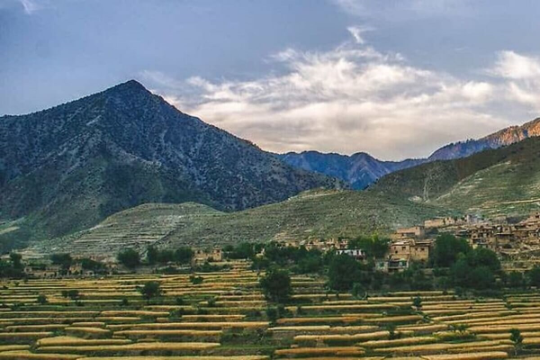
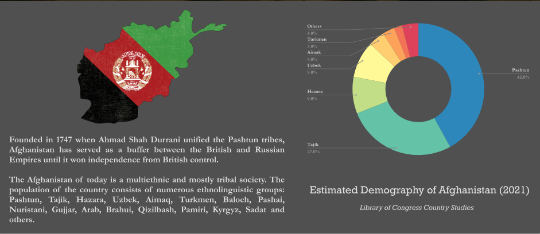
1919 The story of modern Afghanistan began the day Amanullah Khan seized the throne by assassinating his father and shortly afterwards going to war with the British. The third Anglo-Afghan war which followed resulted in the kingdom of Afghanistan reclaiming its sovereignty. During his rule, Amanullah Khan and his queen pioneered radical reforms and modernization to Afghan society. Important reforms were made in the fields of education and women’s rights, and the institution of slavery was abolished. The king also began building international relations. However, such rapid reforms alienated many tribal and religious leaders who saw these acts as heretical. | 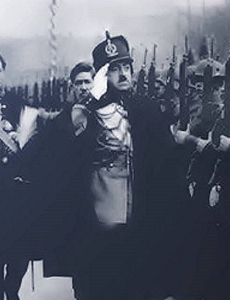 |
1928 Civil war erupted when multiple tribes took up arms against the king and forced him to abdicate. Their main grievances were with the royal family meddling with the role of women in Afghan society and the introduction of a military draft. Habibullah Kalakani, a tribal leader seized the throne of Afghanistan by force and ruled briefly before being defeated and executed by Mohammed Nadir Shah. Afterwards, Nadir Shah declared himself the new king of Afghanistan. | 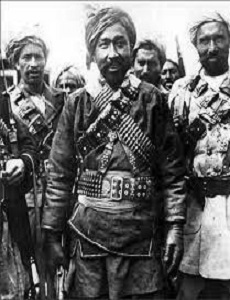 |
1933 Nadir Shah started a more gradual process of modernization for Afghanistan than the previous king, focusing on infrastructure development, building commercial relations with foreign powers, introducing a banking system, and long term economic planning. He was assassinated by a student of the Hazara ethnicity while visiting a graduation ceremony. His son Mohammed Zahir Shah would take the throne after him and rule for over 39 years, becoming the longest-serving ruler of modern Afghanistan. | 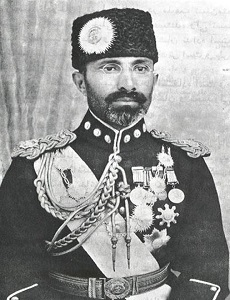 |
1964 The rule of Zahir Shah was a relatively peaceful era in an otherwise unstable and war-torn Afghanistan. The king made efforts to gradually move the nation towards modern democracy. To this effect, the 1964 constitution of Afghanistan was drafted by appointment of the king which included a bill of rights for all afghans, explicitly including women. The constitution also mandated that the position of the prime minister cannot be held by a member of the royal family. | 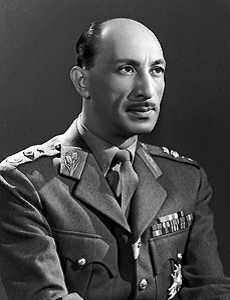 |
1973 | 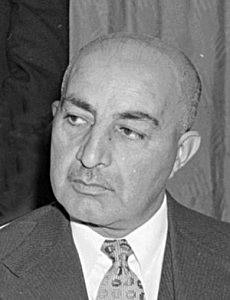 |
1978 |  |
1979 | 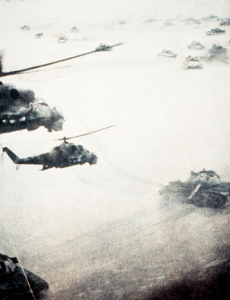 |
1988 | 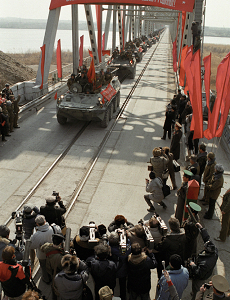 |
1992 | 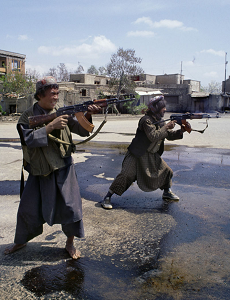 |
1994 | 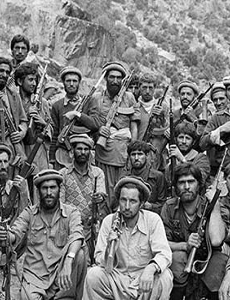 |
1996 |  |
2001 | 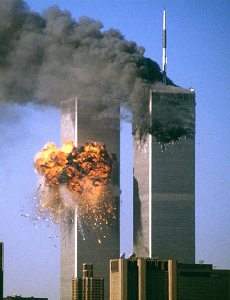 |
2004 Afghanistan adopts a new constitution that provides for a strong presidency. The Presidential elections take place and Hamid Karzai is declared the winner. Mohammed Omar, the founder of the Taliban declared that they will mount an insurgency against America and the new government. | 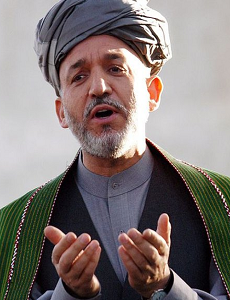 |
2005 | 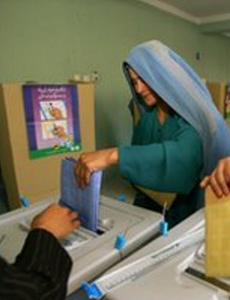 |
2011 | 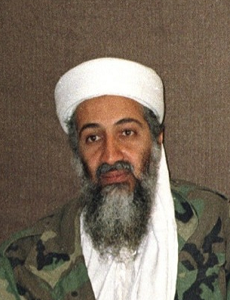 |
2013 | 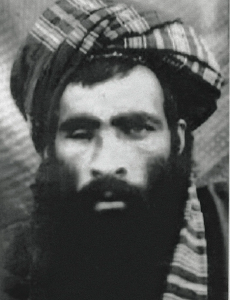 |
2014 | 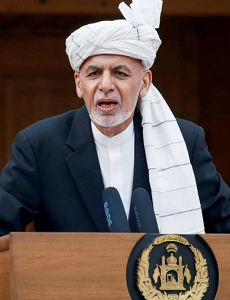 |
2020 | 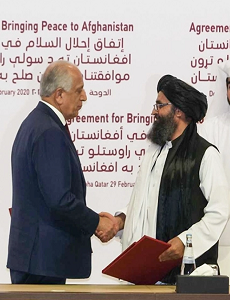 |
2021 By mid-August 2021, the Taliban controlled every major city in Afghanistan; following the near seizure of the capital Kabul, the Taliban occupied the Presidential Palace after the incumbent President Ashraf Ghani fled Afghanistan to Tajikistan on 15 August 2021. Remaining Afghan forces under the leadership of Amrullah Saleh, Ahmad Massoud, and Bismillah Khan Mohammadi retreated to Panjshir to continue resistance By 30th August the US concluded evacuating all troops and personnel from Afghanistan, finally ending the 20-year war. | 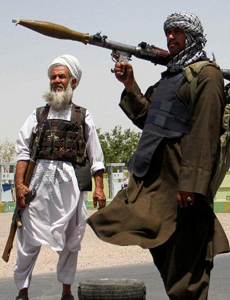 |
Please click here to download the full article.
Depanjali Roy is a Program Assistant at Centre for Governance Studies
Apon Zahir is a Research Assistant at Centre for Governance Studies
Views in this article are author’s own and do not necessarily reflect CGS policy.
